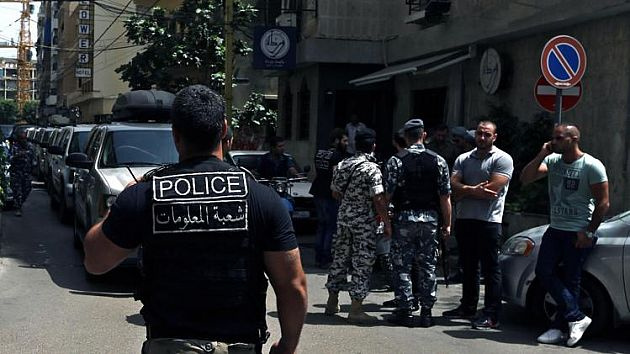Terrorism In the Name of Religion

The Middle East has never been as polarized as it is now. The problem is that the radical movement is using religious and ethnic tools against its rival. The literature that is used is the literature of ethnic confrontation; because it is strongly provocative. It talks about the religious beliefs of the people and heaven and hell. But the fact is that the main problem and the basis of differences is always political; it is not related to religious beliefs. Behind the scenes are the hands of those who do not believe in either Sunniism or Shiism. The objective is to expand the realm of influence. But in order to reach that objective, it is the beliefs of the people which are abused through financial and media possibilities. Geography also has great influence over the growth of this dangerous trend. Radicalism and terrorism, especially its ethnic kind, do not know any boundaries or borders. It will easily enter any ground wherein ignorance and prejudice prevails.
Lebanon is not an exception to this rule. The historical grounds of this dispute are probably more obvious in this land. Violent terrorism and radicalism can better grow and expand in regions where there is security instability and ethnic frictions. Daesh, which is a new form of ethnic radicalism and terror, has infiltrated into Lebanon since some time ago. Of course, the radical Takfiri groups have a long history in this country due to the existence of a suitable geography and a relatively open political and ethnic atmosphere.
Geographically, the Palestinian camps, which are managed semi-independently and whose inside developments the central government has no knowledge of, have, through recent years, been the training centers and hiding places for Takfiri elements.
Incidentally, these camps are located in the suburbs of the two big Sunni-inhabited cities of Saida in the south and Tripoli in the north of Lebanon. The existence of mountain passages and natural rifts has created a safe haven for illegal groups and also an uncontrollable path for their free passage to the other side of the border. These two elements have prepared a suitable atmosphere for the presence, organization and revival of the Takfiris who are affiliated to al-Qaeda or Daesh in Lebanon.
The collection of movements such as Jund al-Islam which, during the past decade, had occupied the minds of the intelligence service and the army of Lebanon to capture them and which ultimately led to the destruction of a major part of the al-Baddawi camp in Tripoli, are the results of such conditions. Besides the element of geography, due to the existence of different ethnic groups in this country and in the name of supporting one group against the other, the grounds for the growth of this movement and provoking the Sunnis to confront the Christians and the Shiites have been prepared.
The emergence of the new Takfiri movement under the name of Daesh dates back to the middle of the Syrian crisis. The first confrontation of this group took place in the city of Saida with the opposition of one of the Takfiri Sunni sheikhs, named Ahmed al-Assir, against Hezbollah. Ahmed al-Assir attempted to recruit the prejudiced Sunni youth of Saida and Tripoli in order to fight against the supporters of Syria and Bashar Assad. As was mentioned, the Hezbollah movement in Lebanon and the Islamic resistance were the main targets of this group in South Lebanon. Ultimately, the army had a face-to-face confrontation with this group which led to the expulsion of them from this city and the escape of Ahmed al-Assir. The second emergence of Daesh was in the explosion of the embassy of the Islamic Republic of Iran. The excuse for this bloody terrorist act was Iran’s support for the Syrian government. The Abdullah Ezzam Brigades accepted the responsibility of this terrorist act. This wave of the presence of Takfiri Daesh members in Lebanon has continued until today and Daesh’s footprints were again seen in the three explosions that took place last week in a Beirut hotel. It seems that this violent trend will continue. The interesting point is the security influence of this terrorist group in all parts of Lebanon. Without having accurate intelligence information and enjoying foreign financial and arms support, their operations cannot be executed. From the beginning of the presence of the Takfiris, whether Lebanese or Palestinian or from other Arab countries such as Saudi Arabia, in Lebanon, these movements have been supported and directed from one single foreign center.

